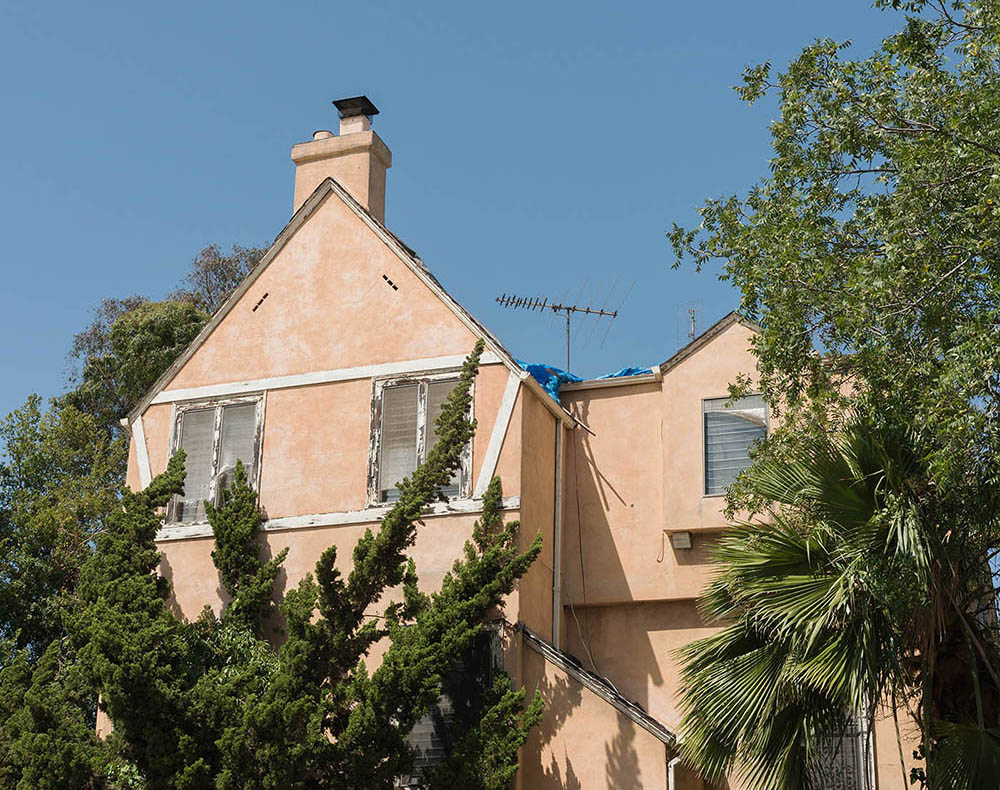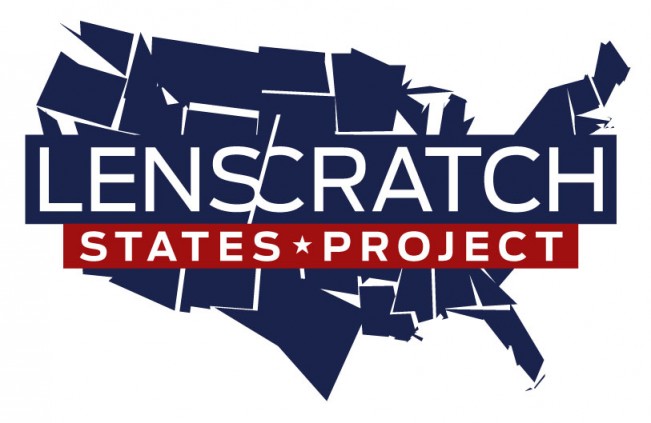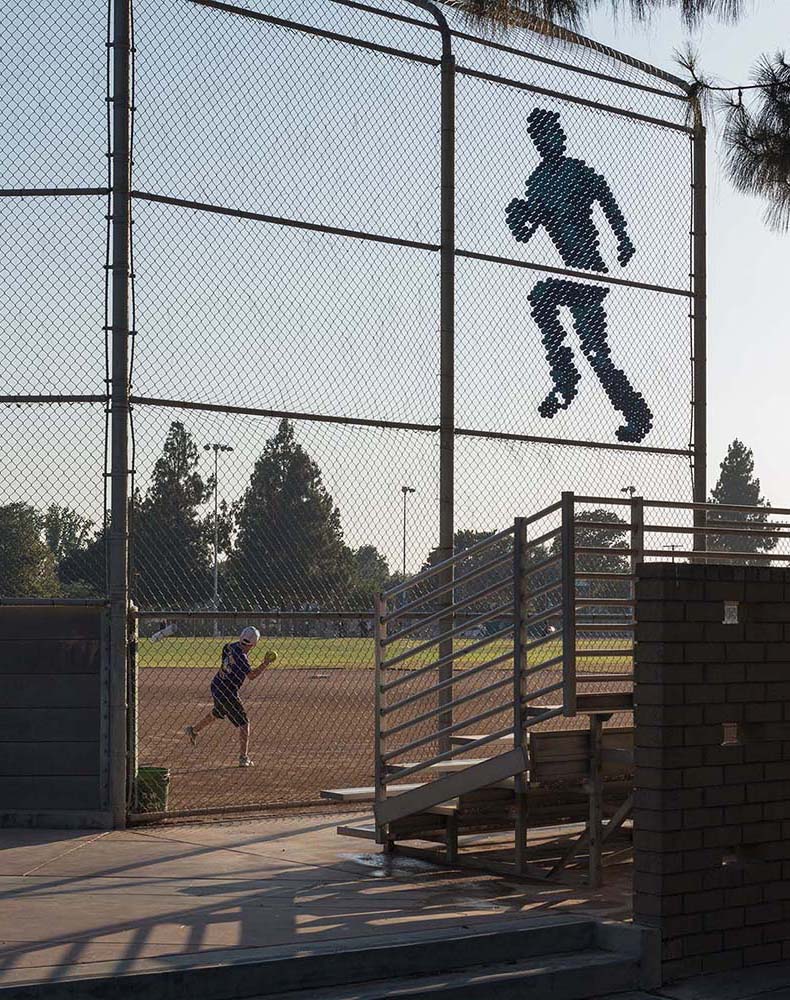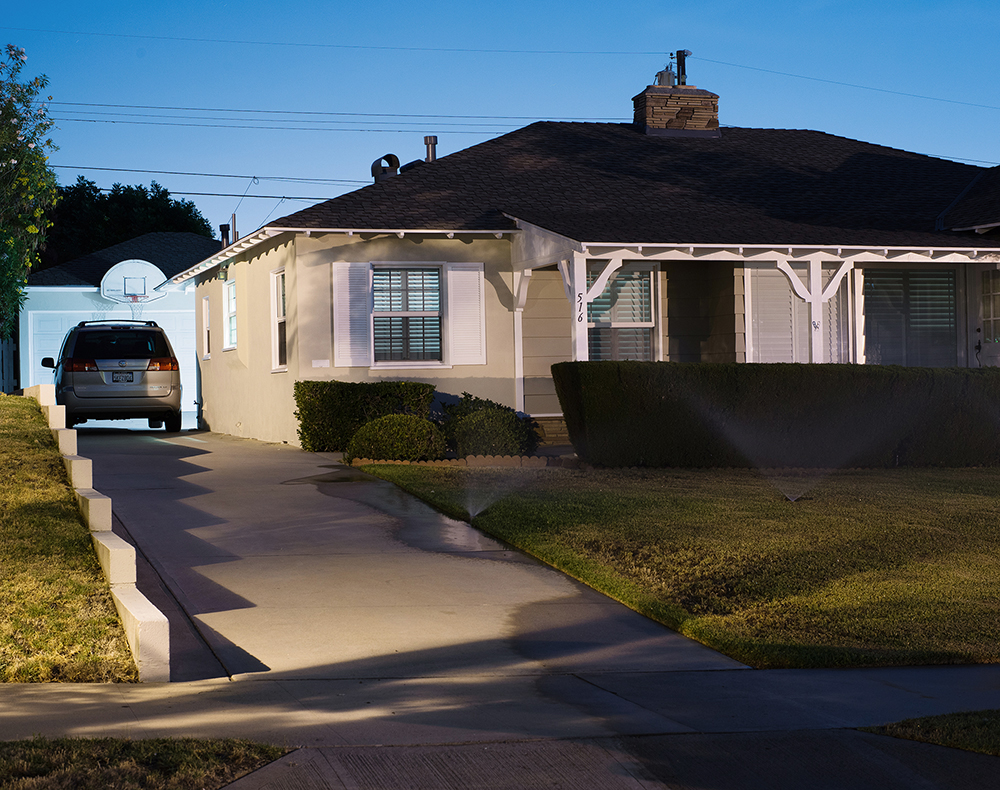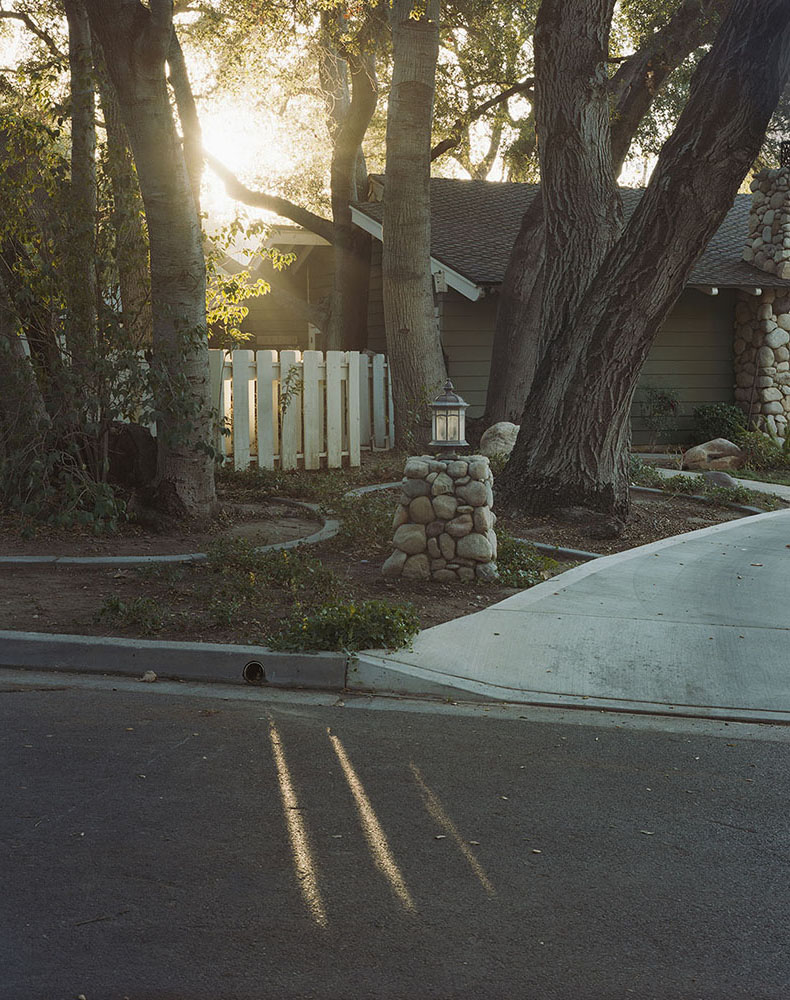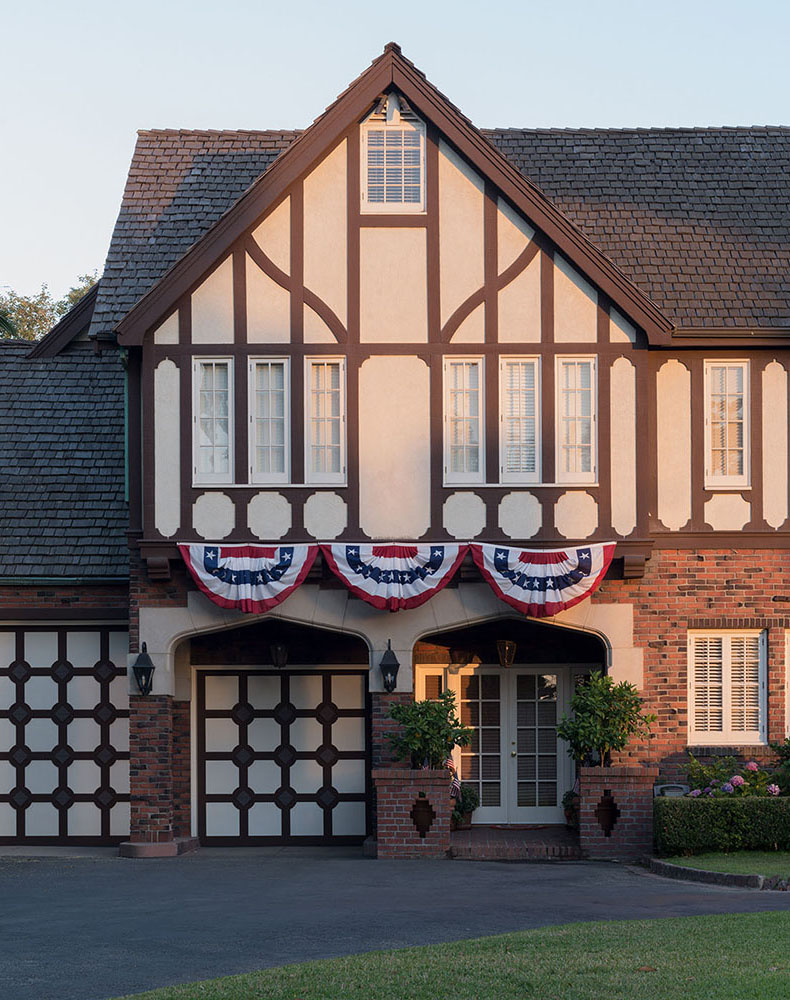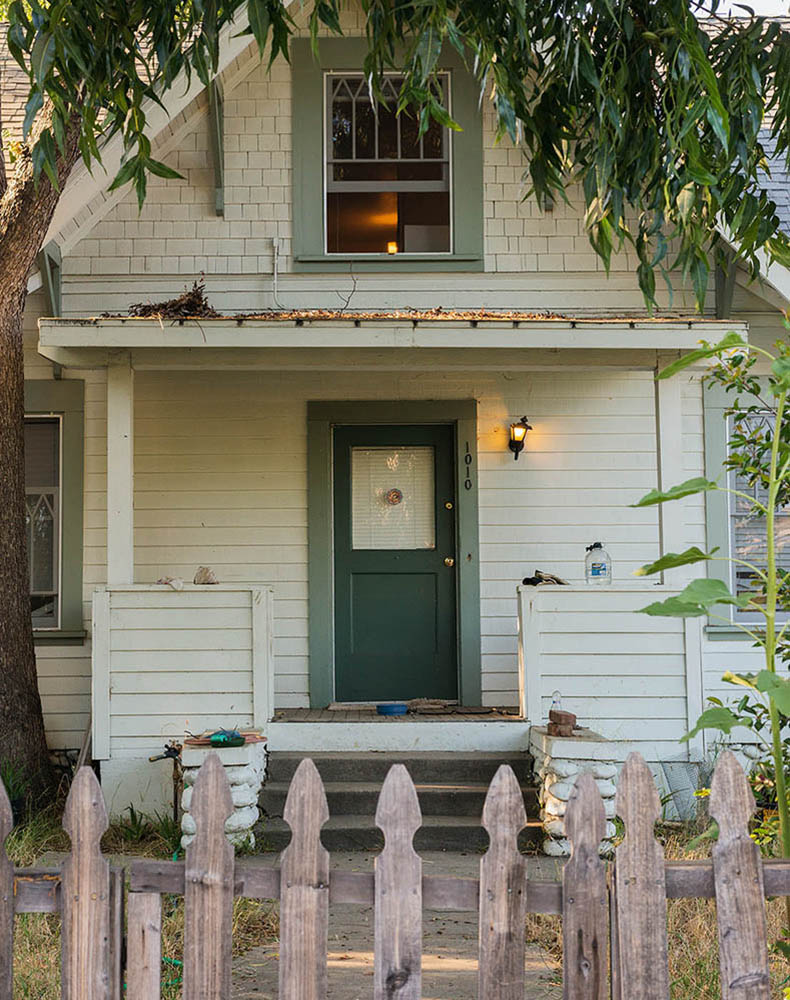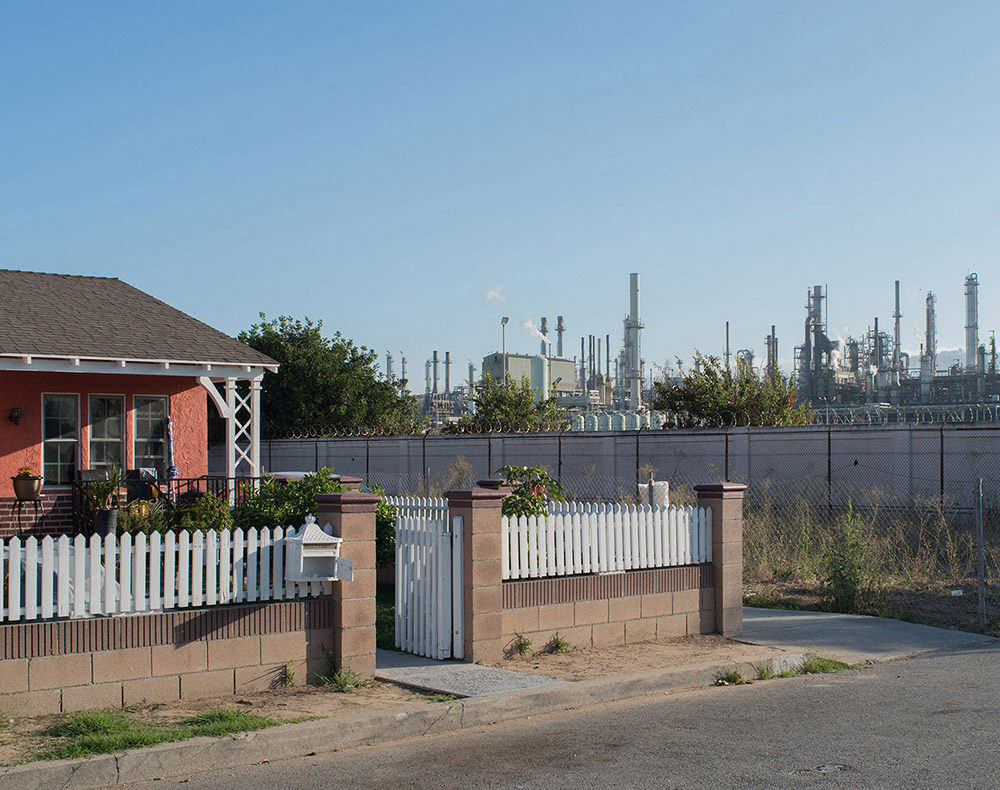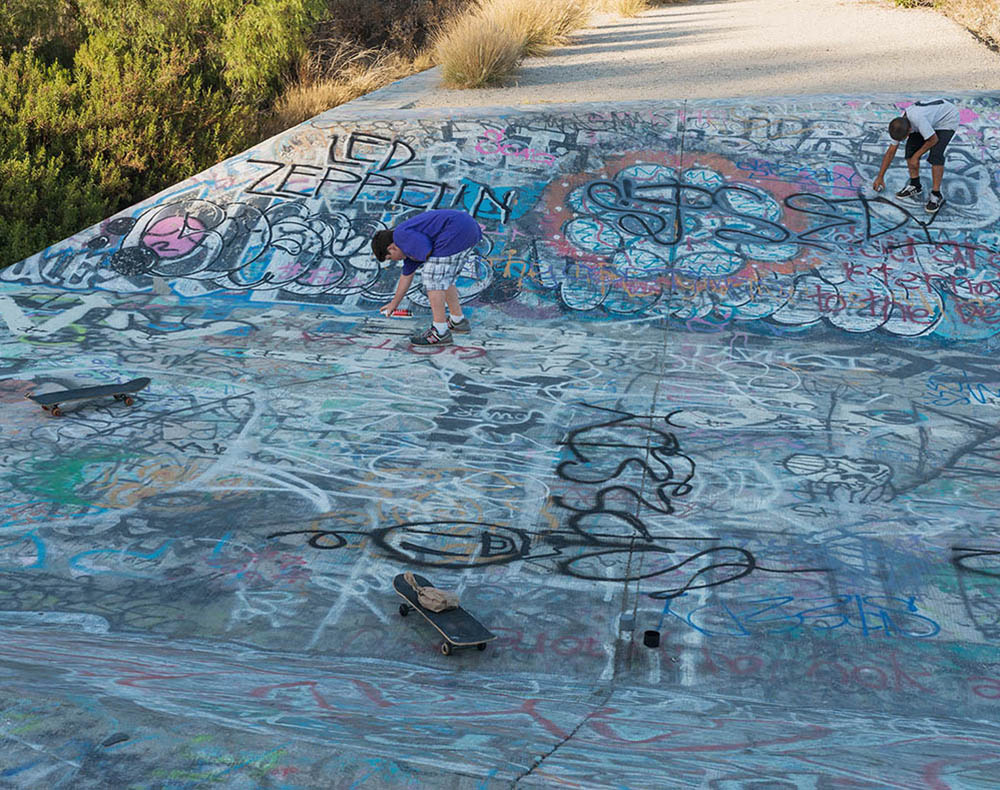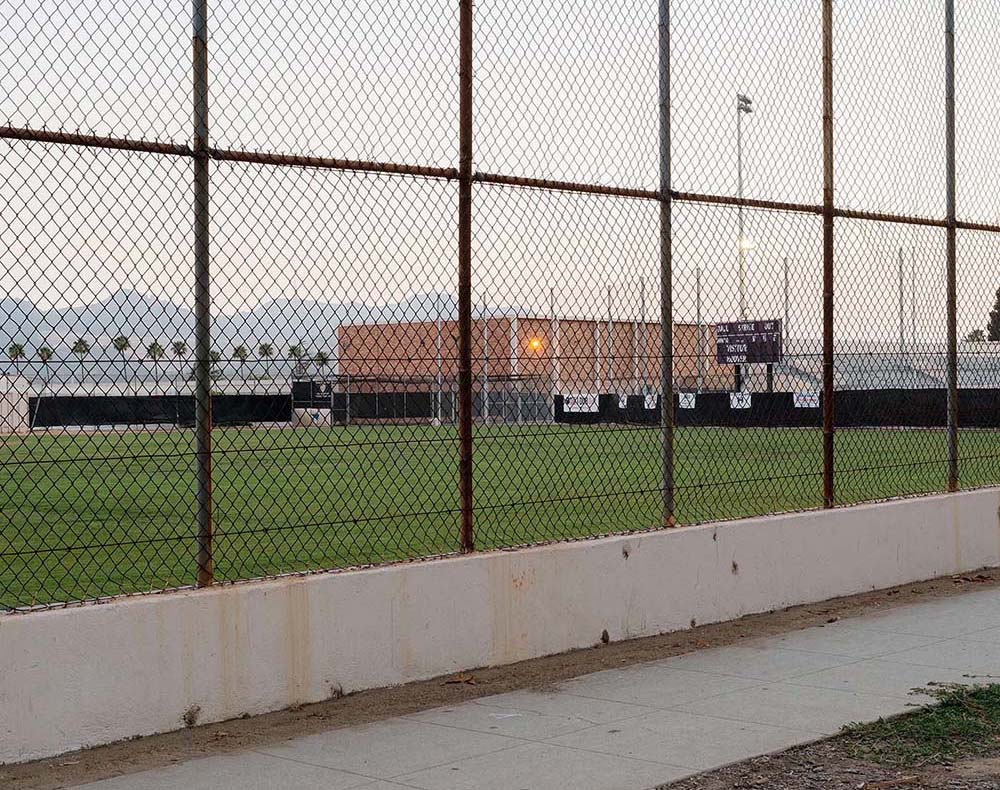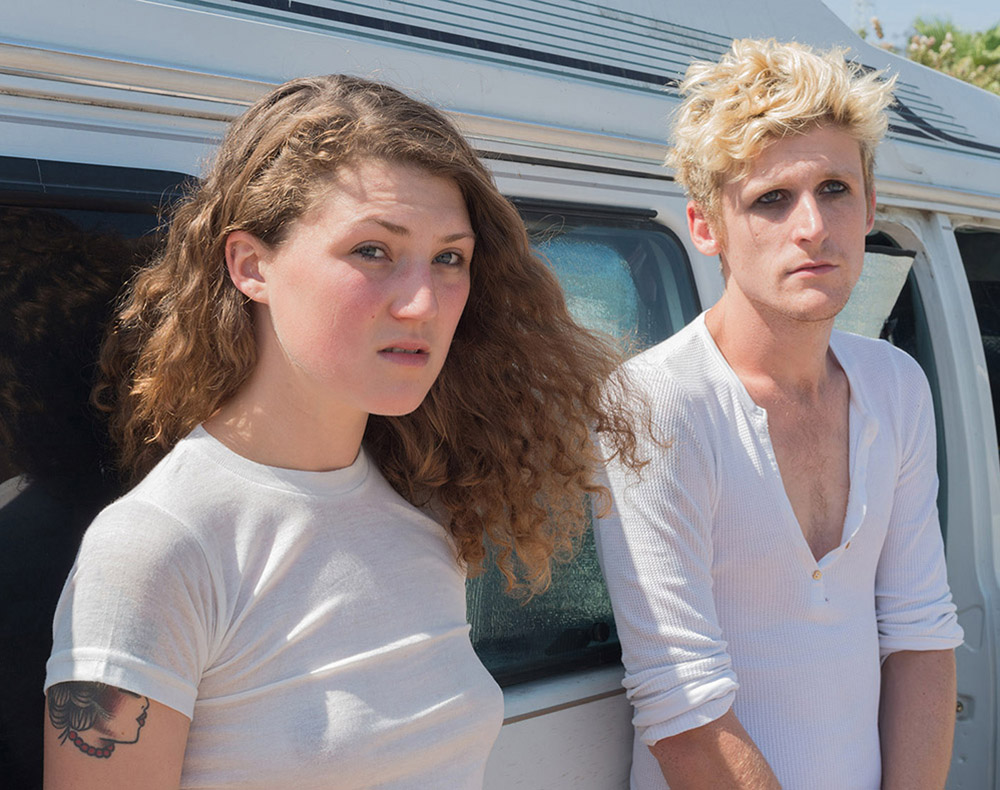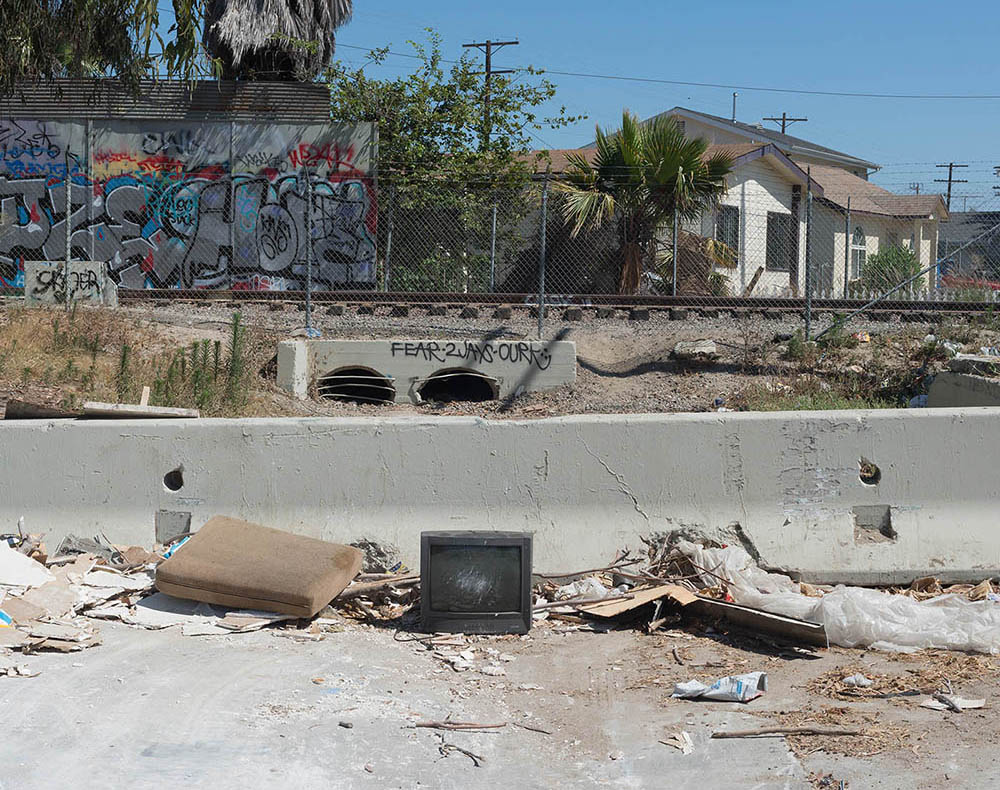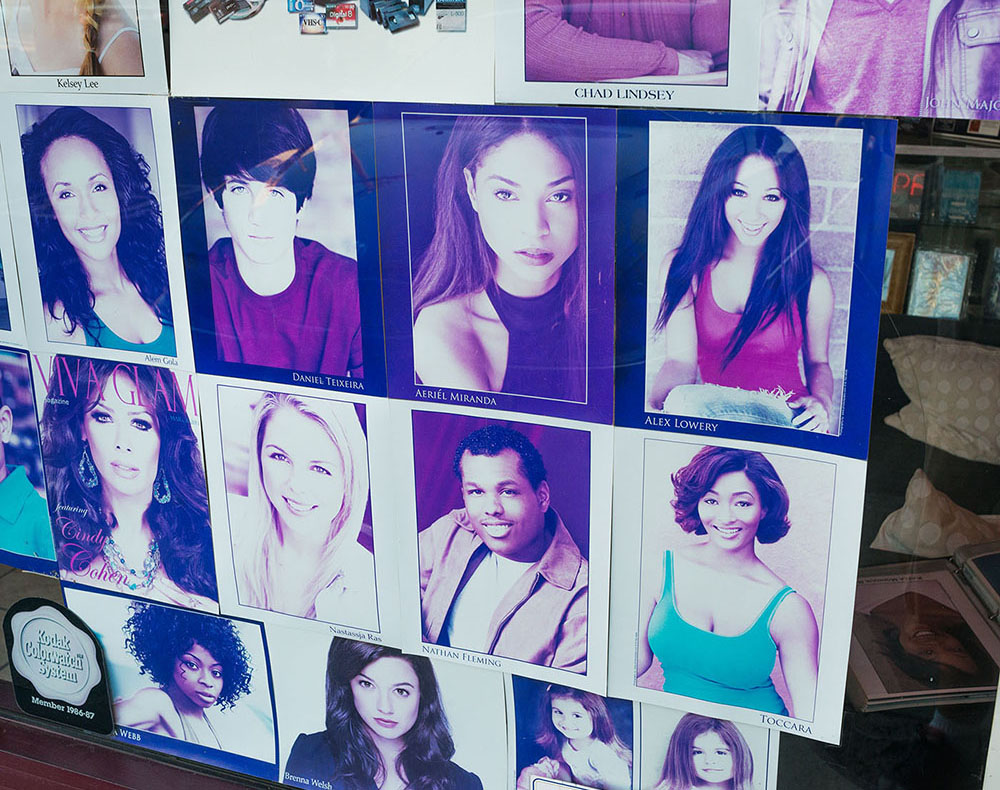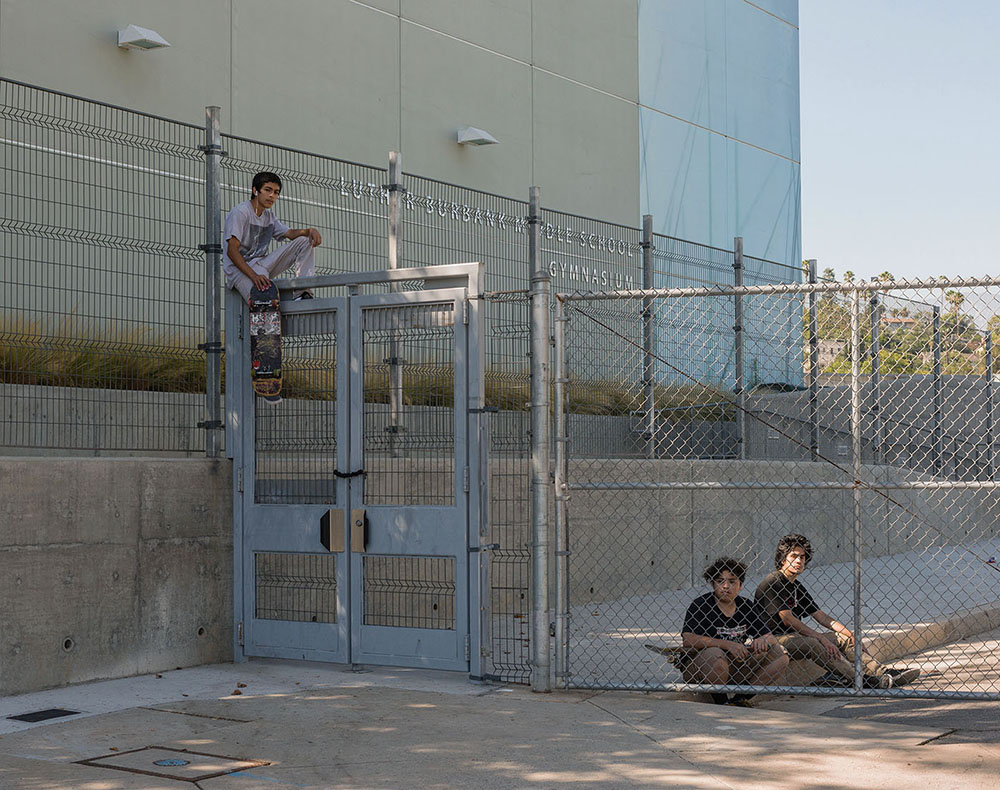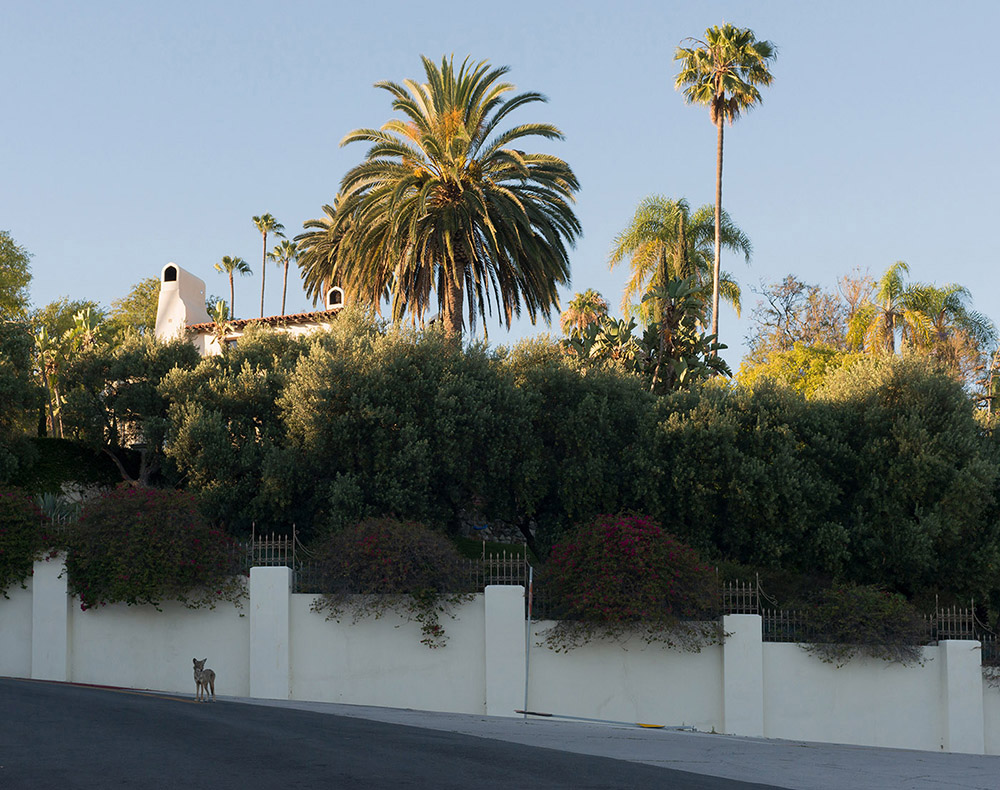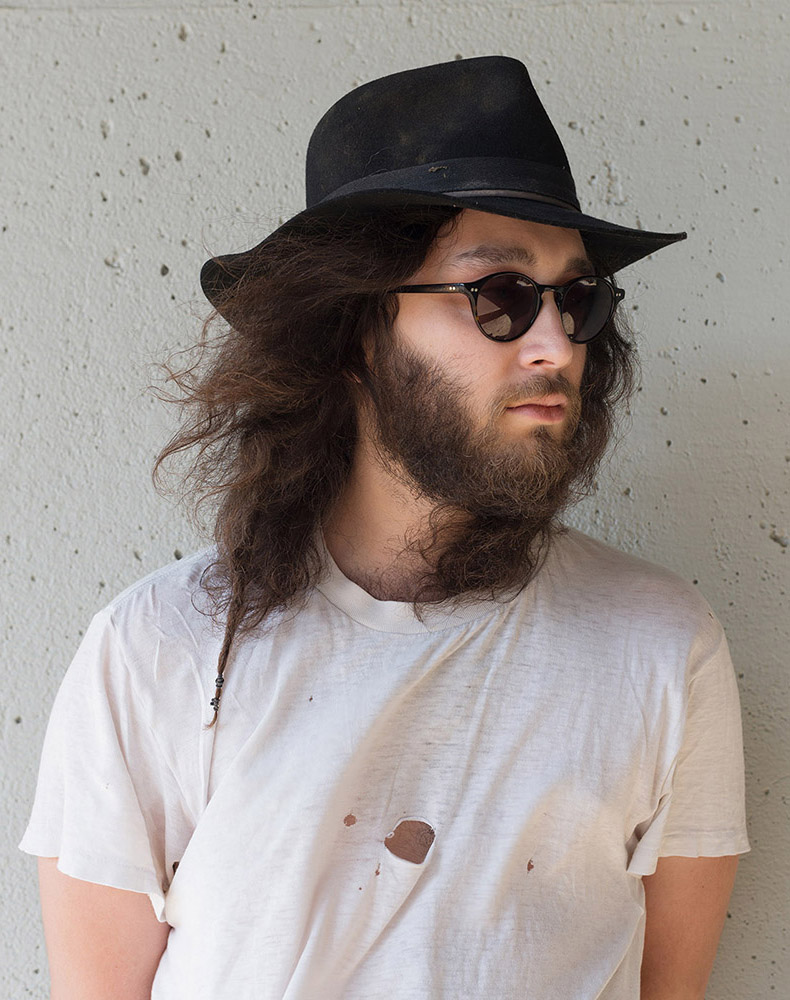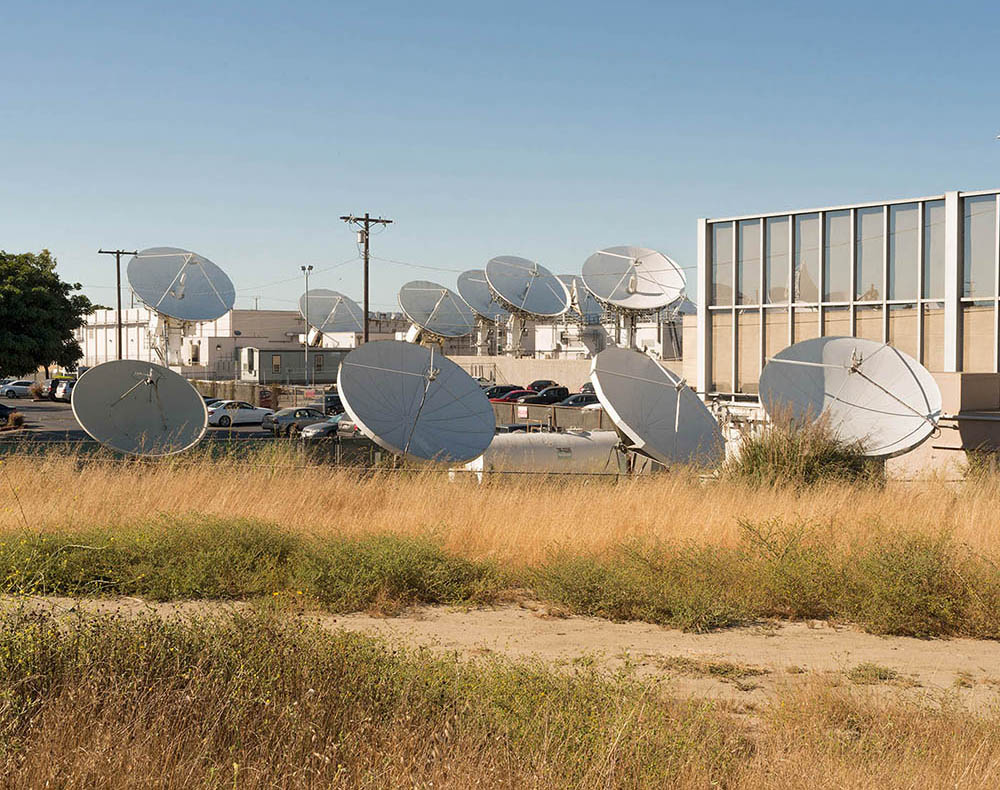The States Project: Oklahoma: Dan Farnum
Dan Farnum has been the longest friend I have known since moving to Oklahoma. We both relocated to this state for our tenure-track teaching positions in 2013, and I was introduced to Dan by a mutual artist friend, Kristen Martincic. I still vividly remember his sincerity and warmth the first time we met at a BBQ dinner, when he introduced me to his teaching colleagues. A simple gesture, yet, a significant one, especially for me, who comes from a different culture and a different country. We easily bond together criticizing photography, teaching, movies, family, and good authentic food in Tulsa.
Dan Farnum was born and raised in the blue-collar town of Saginaw, Michigan. Dan received his MFA from the San Francisco Art Institute and BFA from the University of Michigan. He is currently an Associate Professor of Photography at The University of Tulsa.
He is the recipient of notable awards, such as Best in Show in the Midwest Contemporary exhibition from Natasha Egan and Karen Irvine at the Museum of Contemporary Photography, an award from Ann Pallesen at Photo Center Northwest in Seattle, two prizes from the Paul Sack Architectural Photography Contest at the San Francisco Art Institute, and the Juror’s Selection Award given by Christopher Rauschenberg in an exhibition at the Center for Fine Art Photography. For his work included in the exhibition Landscape Interrupted at the Coconino Center for the Arts, Dan received an award from William Jenkins, curator of the New Topographic exhibition at the International Museum of Photography at the George Eastman House.
Dan’s prints have previously been exhibited at the Burrard Arts Foundation in Vancouver, Royal Albert Hall in London, Root Division in San Francisco, Bergamot Station in Santa Monica, Photo Book Melbourne, and at the Aperture Gallery in NYC. Dan’s photographs have also been featured in multiple solo exhibitions in venues such as the Milwaukee Institute of Art and Design, Newspace Center for Photography in Portland, University of Wisconsin, and at Alibi Fine Art in Chicago. Dan’s photographs have also been published in the Beijing based magazine called Vision and in TIME Magazine.
Syndicated is an exploration of sites that were used in TV shows and movies related to childhood maturation. Hollywood productions form a collective sense of adolescence and nostalgia for many Americans. Influential shows and movies such as The Wonder Years, Freaks and Geeks, and Back to the Future established the basis for shared teenage memories.
My photographs are an extension of the New Topographic movement. I use this objective style while capturing places that are both actual sites and fictional pop culture landmarks. The places are pilgrimage destinations that contain constructed memories. My photographs are shot in a manner that creates a taxonomy, which allows for an anthropologic evaluation of experiences that both are authentic and contrived. The portraits in Syndicated are of ordinary kids teens, and young adults that reside in these types of neighborhoods. They are another reminder of the actuality of the locations. They also function as a stand-in for the viewer similar to a character in a movie.
This series also includes images that were found adjacent to the scenes from the shows and movies. These images suggest an uncanny ambiguity and familiarity with the places. Filming locations are frequently in unidentified towns or are named as fictional places that can only be found on the screen. Some sites are named after actual places, but are commonly shot in another city to save money. As a result, much of the Los Angeles sprawl contains the latent possibility of being from a movie or TV show that could take place in any suburban town.
Coming of age is a time of self-exploration, but this is mediated by the stories that are shown to us. I aim to document the sentimental places where these narratives are acted out that simultaneously exist and don’t exist.
Anh-Thuy Nguyen: I would like to hear how your own personal memories of growing up watching those shows impacted the first time you went to visit those locations and made this work?
Dan Farnum: Growing up in a working-class town in Michigan, I grew up in a middle-class family in a ranch style suburban home. My childhood generation came years after the explosion of suburbia. My experience growing up is personal but is not unique, because so many people have comparable childhoods. The types of movies and TV shows that I reference tapped into that. My prime inspiration is the Wonder Years, even though it is based in a different time period from my youth (in 60s, 70s). I grew up in the 80s and 90s. The experience that Kevin Arnold had, took place in the same types of locations (streets, neighborhood, parks, baseball field, etc.) outside of the house and inside the house, which generally looked like my own childhood home. This was intentionally done by the creators of the show, because they wanted people to tap into that familiarity. They wanted people to identify with Kevin Arnold and the other characters. What I like about the show is not very artistic by any means. I responded to the accessibility. It dealt with universal topics that children and adults can identify with. It also delved into tough topics. The showed illustrated how it felt to deal with death for the 1st time, how people cope with being left by somebody he/she loves, or even what if a friend came back from the military with PTSD. The show addresses complicated topics in a way that people can still relate to the narratives. I am drawn to this genre because it parallels my own life. On some level, my memories are very similar to Kevin and in a metaphor sense they are categorically indistinguishable.
ATN: So strange, how did the familiar and unfamiliar experiences you’ve personally had and saw on TV impact the way you created images for the project?
DF: Quite disorienting reconciling the authentic and artificial experiences, especially thinking of Freaks and Geeks, Back to the Future, and The Wonder Years. I remember when I first came Burbank to photograph after driving in crazy traffic on the LA expressways. I finally got to this neighborhood that was lined with bungalow and ranch style houses. It was vaguely familiar. As soon as I saw this half wall next to the drive way and familiar basketball hoop from The Wonder Years, I knew it was the house where Kevin Arnold grew up in the show. Winnie Cooper’s first childhood home was right across the street too. Halfway through the series though, they broke up and she went to different high school. Their houses were so far away on TV they infrequently saw each other. But in “real life” Burbank, the other Winnie Cooper house is just around the block. Seeing that factual discrepancy in the actual world reminded me that this is an experience that had been constructed for me by television. It was a disorienting experience I was having. It was personal but it was very foreign at the same time. I am so familiar with the angle of view of Kevin’s house in my photograph, but if I stand from a different view I can’t recognize it as easily in person. These images test my familiarity in some ways. Nostalgia gets deconstructed and becomes more dead-pan because of this slippage in memory.
ATN: Beside taking images of houses that were in the shows, you also include images of adjacent places. I wonder what is your intention in providing visual contexts for them, by mixing the “real” places and the television locations?
DF: It works in 2 ways. It provides additional context for the places used in television and movies that appear in my project. It also creates ambiguity so the viewer isn’t sure what places are significant or not. People do not always know if the locations are important to pop culture or if they are just ambiguously suburban. These neighborhoods could be anywhere. Many of the houses, trees, and foliage could be any other town in the country. Again, the idea of shooting actual movie locations and some that are non-cinematic locations creates ambiguity. People project their memories onto locations they never been to from movies and TV. When seeing the pictures of the locations that are not from the “famous” places though people may question the authenticity of their nostalgia. There are unknown people living in those houses, regular people rather than Kevin Arnold or Ferris Bueller.
ATN: Your style is dead-pan, your compositions centralize the houses’ exteriors. For me, the domestic house is a metaphor for adolescent development. This is where it all starts, from the inside to the outside. I am curious to hear about your approach to shooting these images, how do you remove the inside and externalize it and approach them from dead-pan style? How do you conceptualize those complex developments in your approach?
DF: In some ways it is restricting details from those interior spaces. It positions the viewer as a stranger. People mostly know the structures from the outside and can only infer what is inside from a movie or show. Also, not all of the houses actually had filming happening inside the structures. Many interior shots are done in studio situations or at completely different locales. There is also something fictional about those interior scenes and memories that are too idyllic. I like the subtle emotional distance created by viewing houses from public streets.
Also, by the time I was 12 or 13 years old, my formative experiences happened outside of the house. The ones that became important for me: hanging out in secluded paths, doing things I should not do, skateboarding with friends, it happened in open places, the streets, etc.
ATN: For this body of work, you include portraits of people as well. What do you want to achieve by introducing portraits?
DF: Most of the people I photographed lived in that neighborhood, within walking distance or a short drive. These are people that actually live there. I am more interested in looking at regular life in the locations used for my project. I have an expectation of what the place is supposed to be, but I wanted to know what it’s like for somebody who grows up or at least resides there. All the baggage I projected onto these locations, do my subjects actually experience those things too? For me, it is important to see real people, it is a reminder of the actuality of the place.
Posts on Lenscratch may not be reproduced without the permission of the Lenscratch staff and the photographer.
Recommended
-
Earth Week: Casey Lance Brown: KudzillaApril 25th, 2024
-
Tara Sellios: Ask Now the BeastsApril 6th, 2024
-
ALEXIS MARTINO: The Collapsing Panorama April 4th, 2024
-
Emilio Rojas: On Gloria Anzaldúa’s Borderlands: The New MestizaMarch 30th, 2024
-
Artists of Türkiye: Eren SulamaciMarch 27th, 2024

